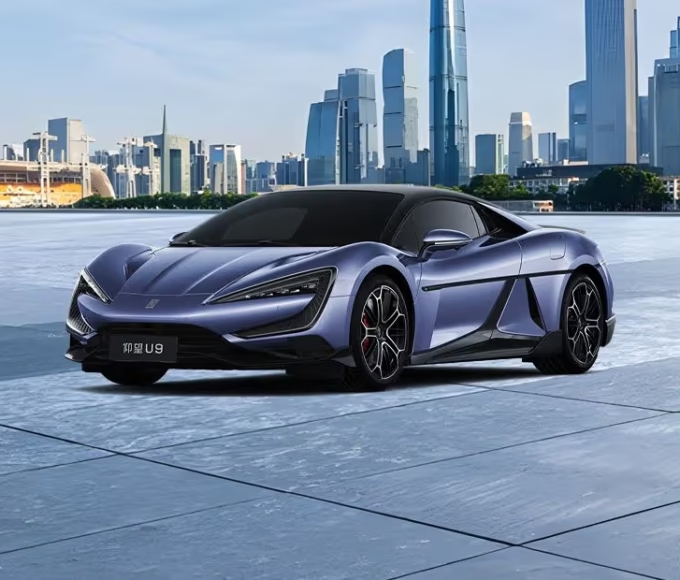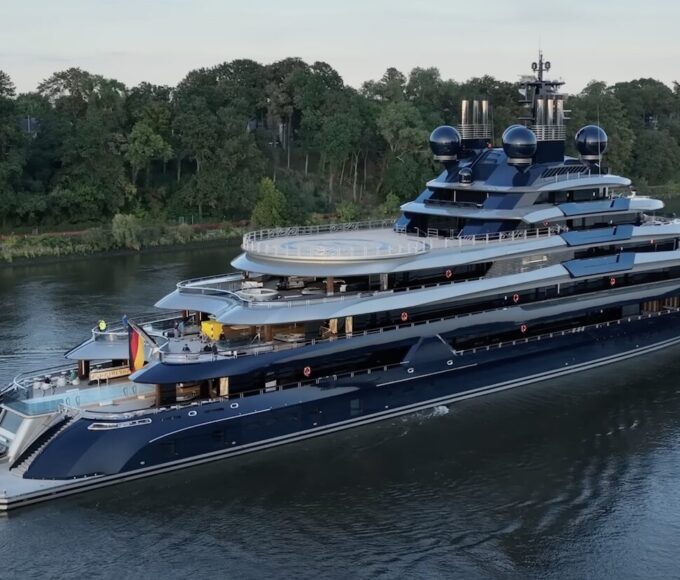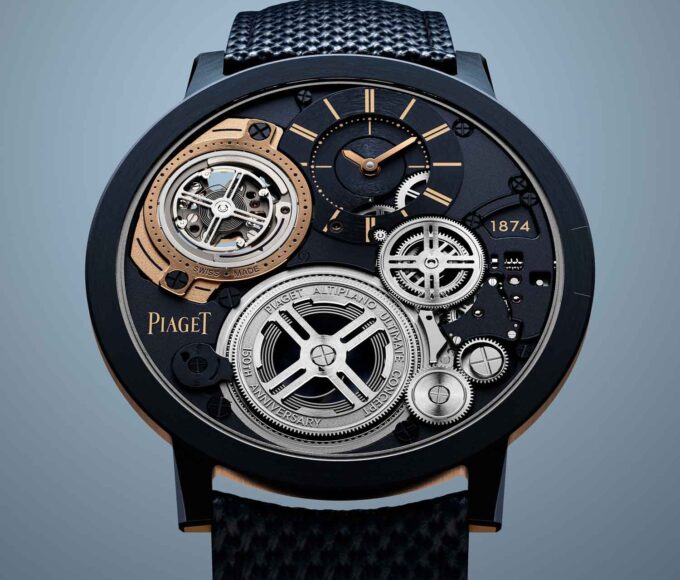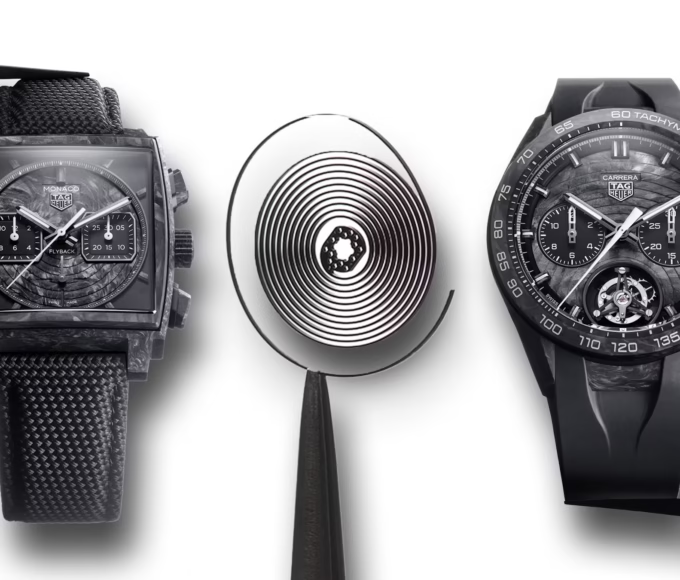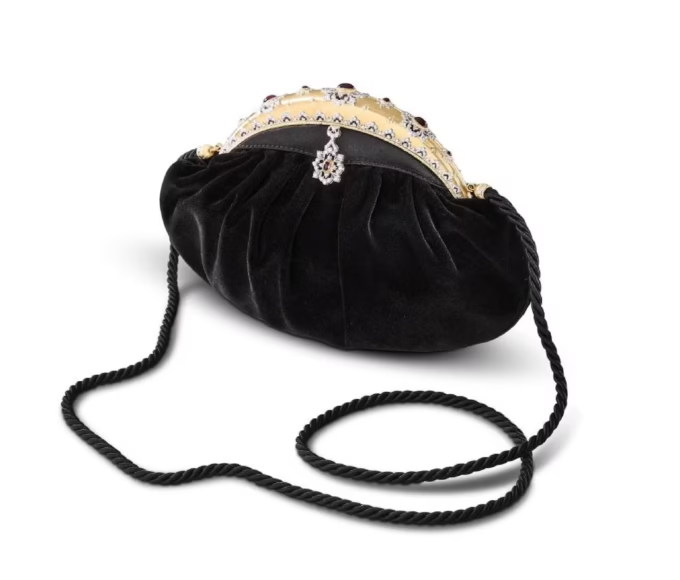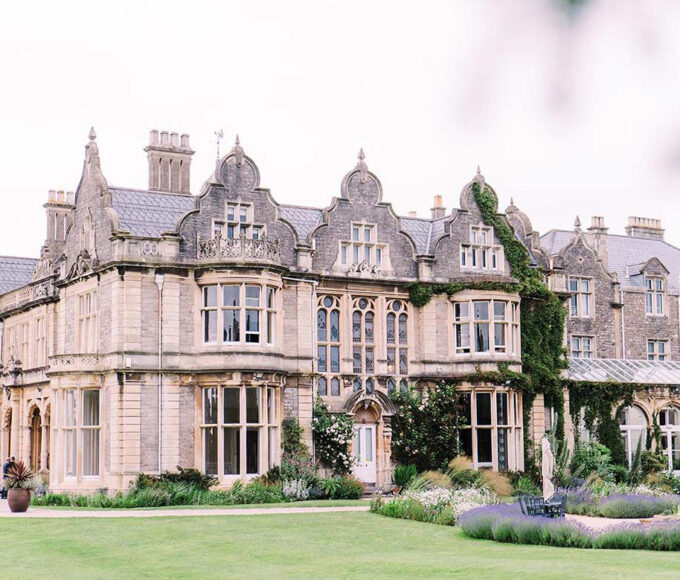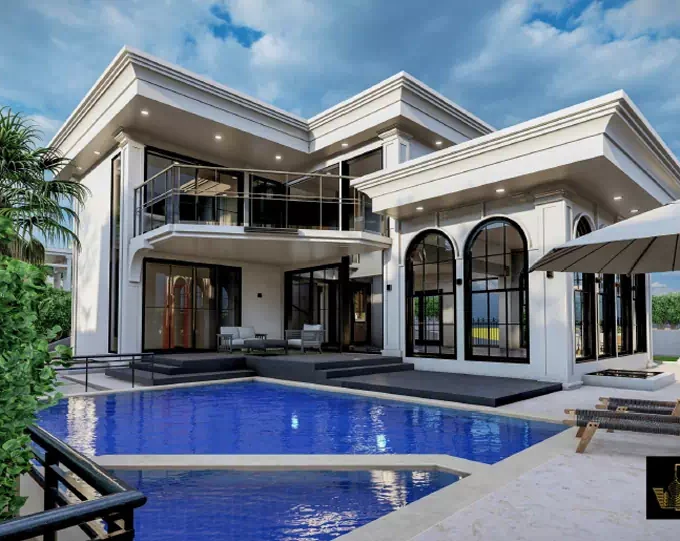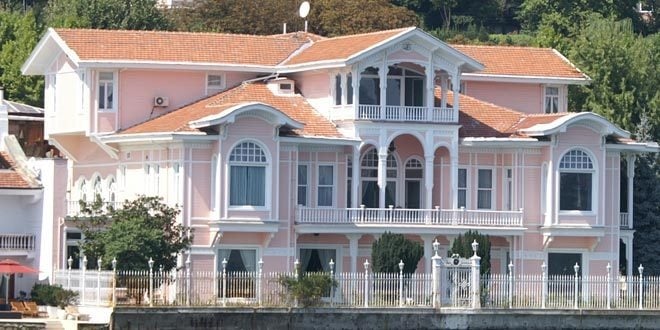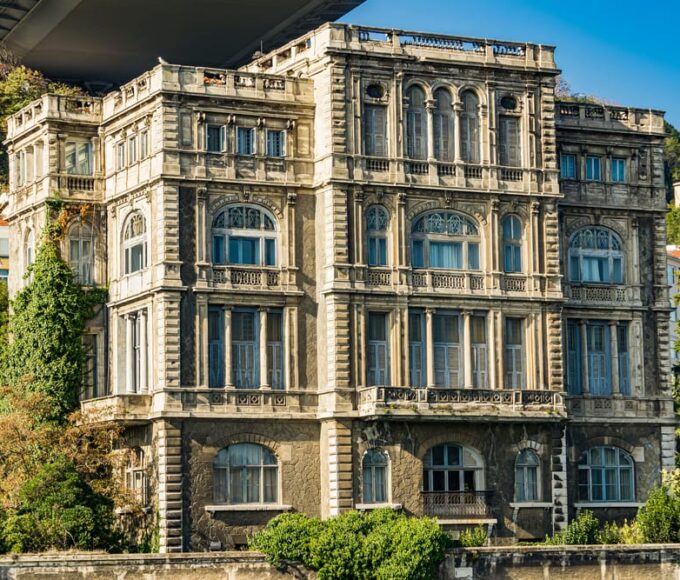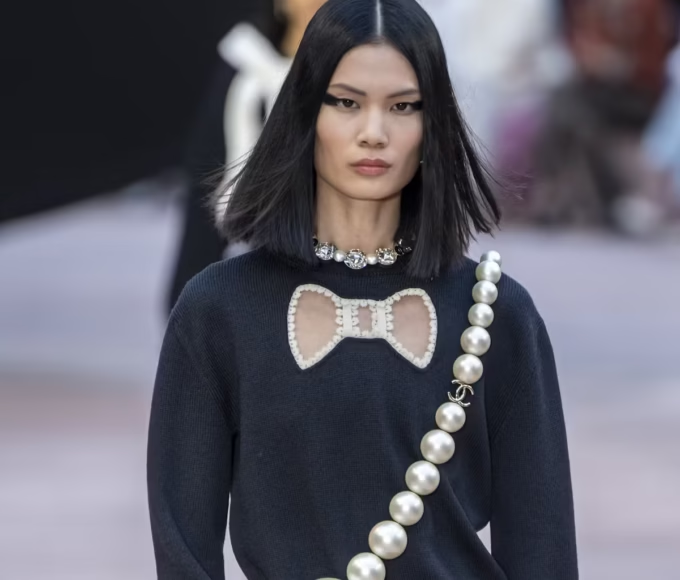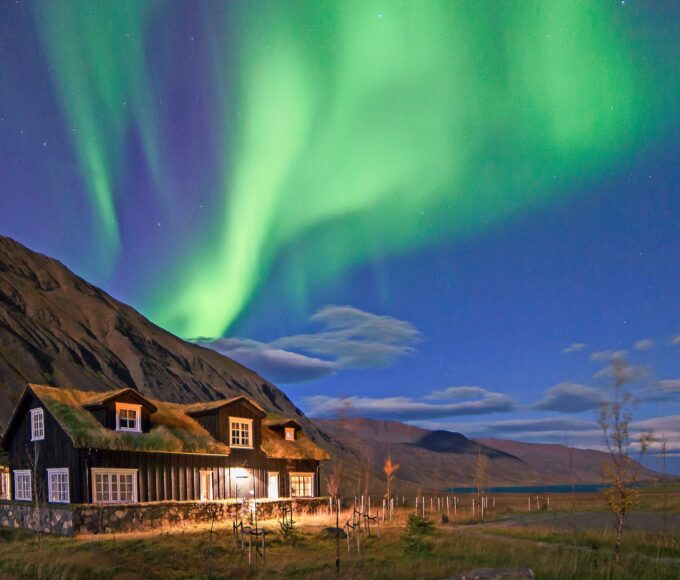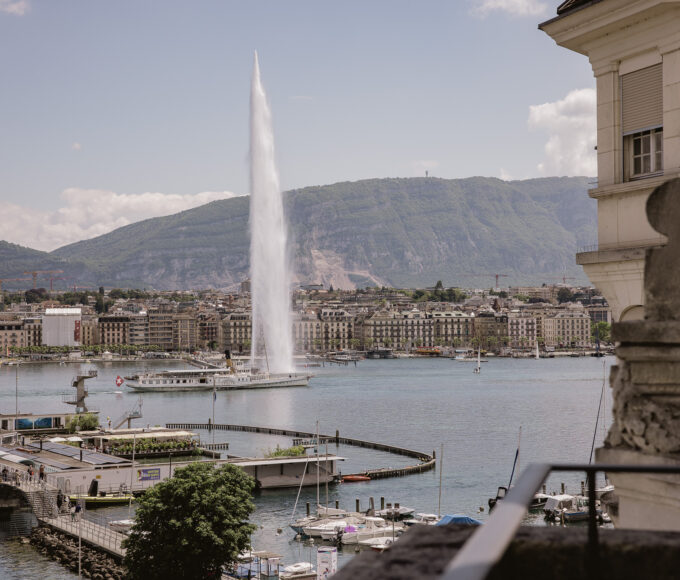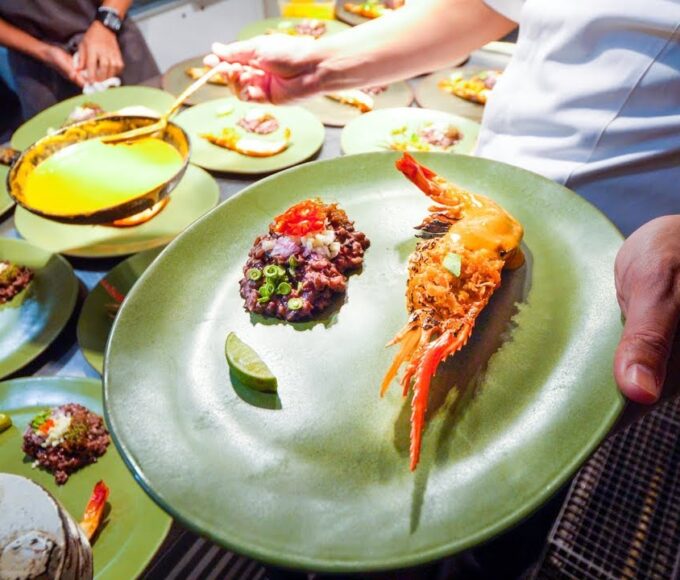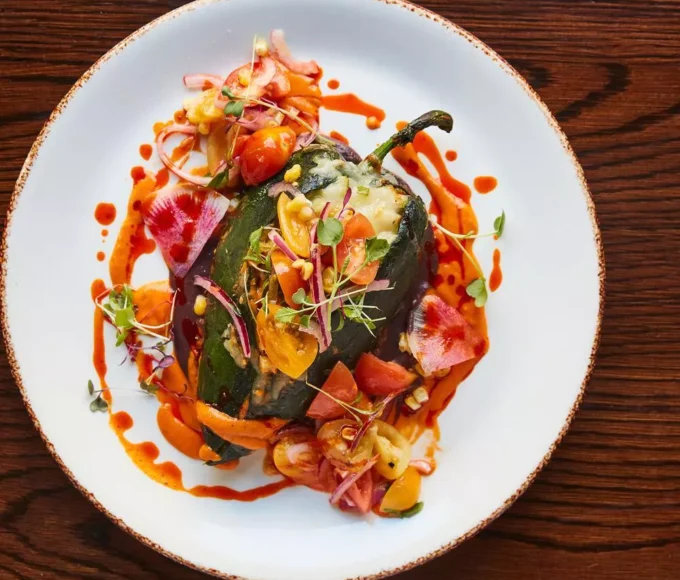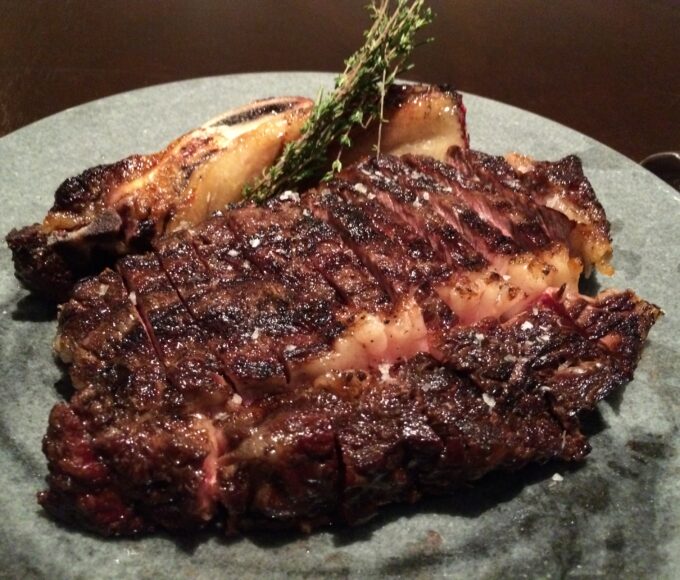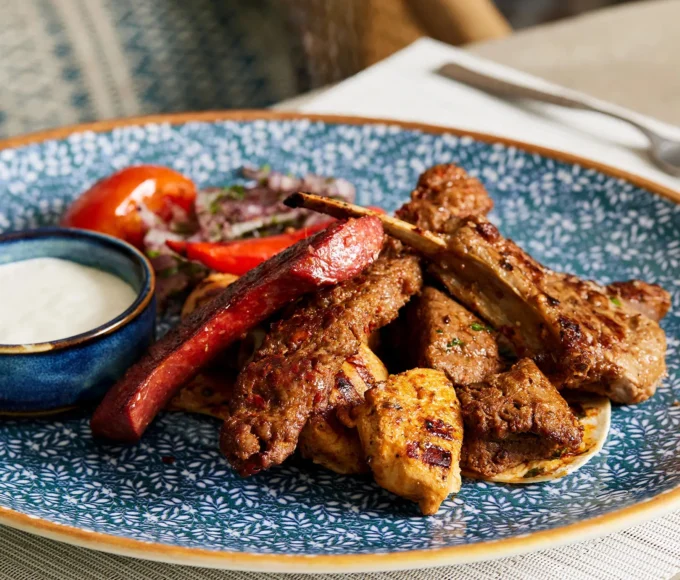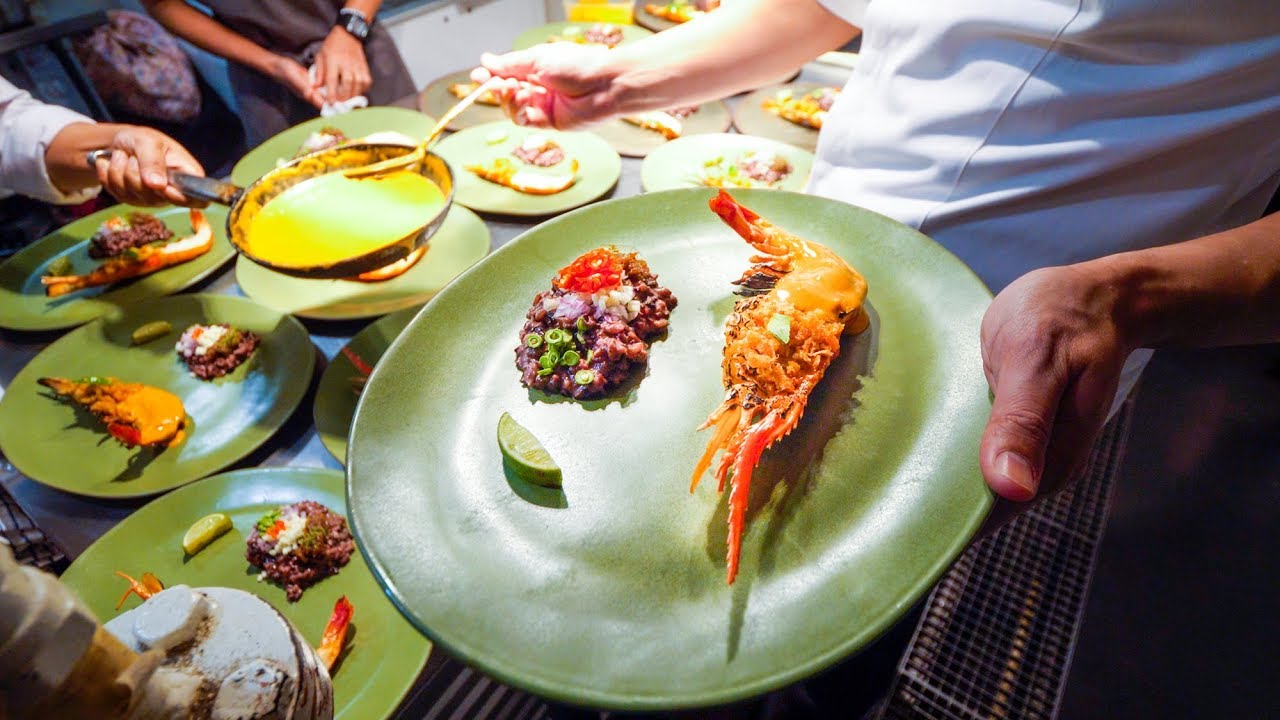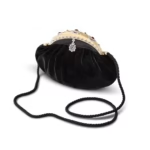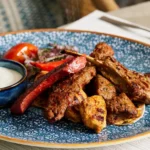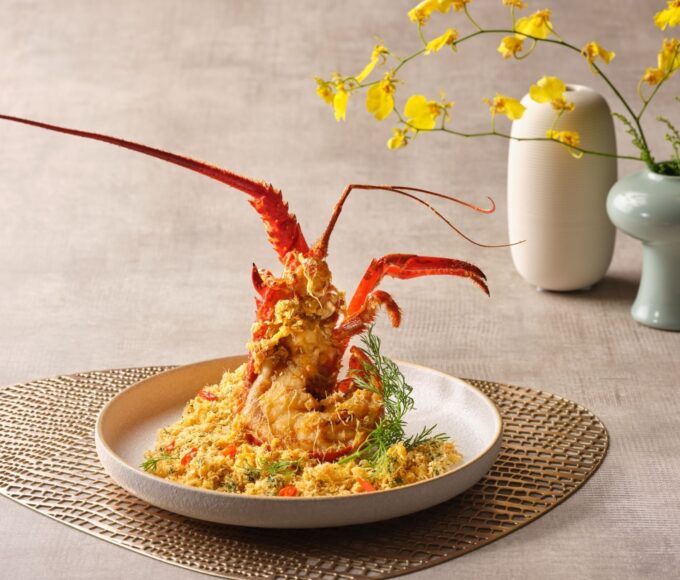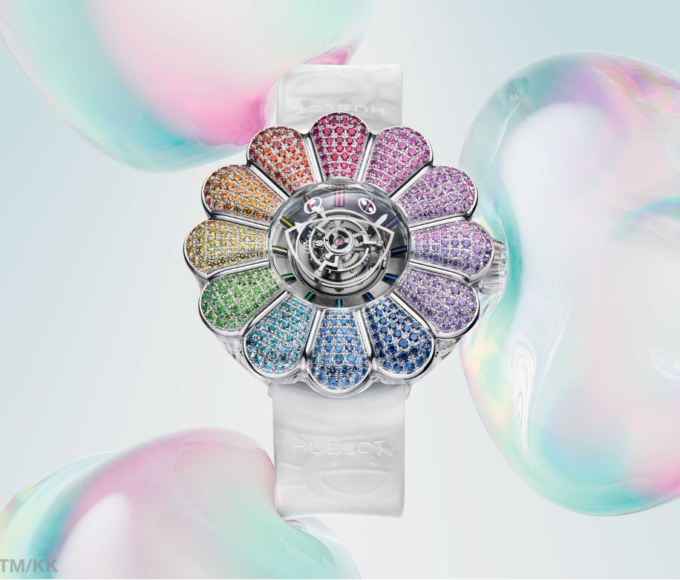Thai cuisine is reinterpreted as a high-end dining experience, with Michelin-starred chefs imbuing imperial heritage and modern artistry into world capitals.
Since Thailand has long been famous for its balance of sweet, sour, salty, and spicy, the same tastes are now being transformed to Michelin-starred levels, making Thai cuisine a world phenomenon among luxury dining.
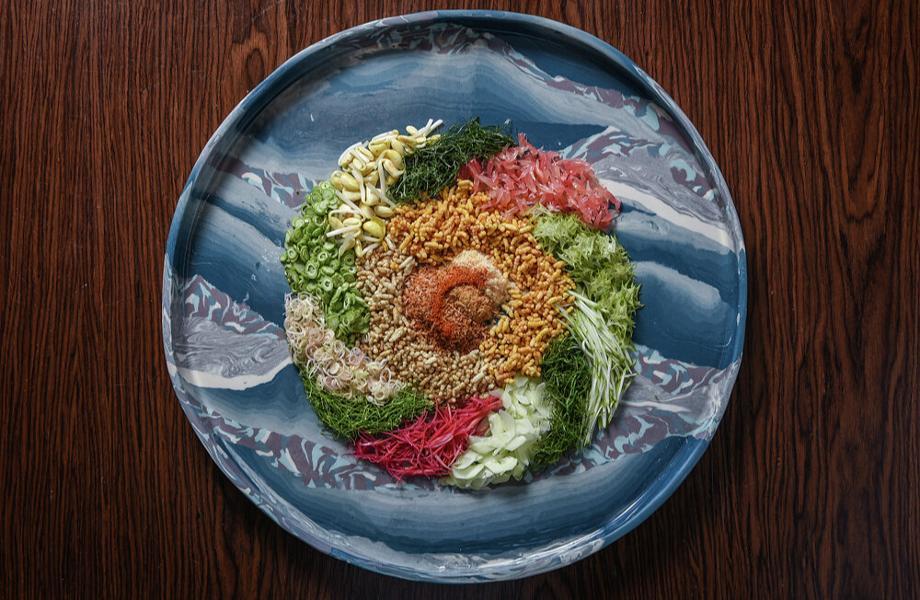
In Bangkok, Sorn represents the pinnacle of exclusivity. This two-Michelin-starred restaurant is dedicated to the copious heritage of Southern Thai cuisine, with multi-course tasting menus featuring off-the-wall local ingredients like wild-caught seafood and family recipes spanning a century. Each dish is an ode to complexity—served in a dining room that exudes understated Thai elegance.
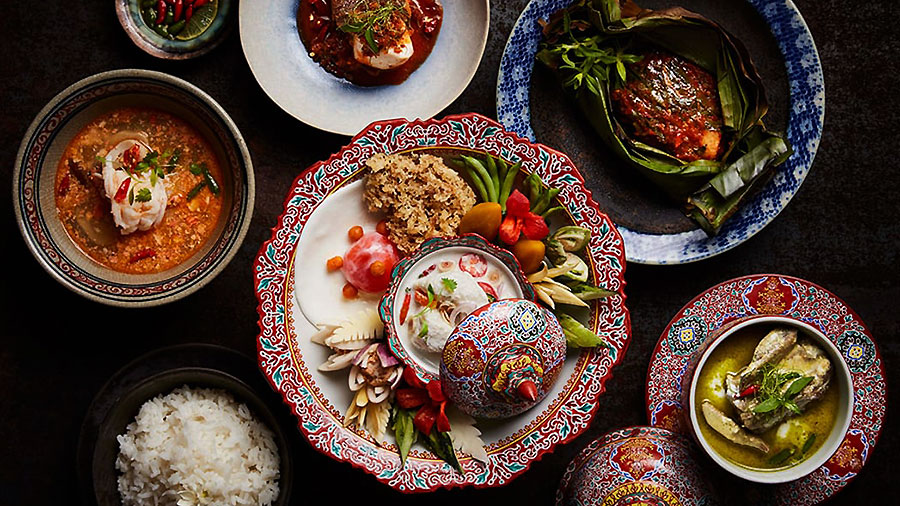
No less extravagant is R-Haan, which was given two Michelin stars for reinventing the flavours that were a royal prerogative for centuries ago. From a reinterpretation of tom yum as fine-dining consommé to curries that use seasons as a way of their heart, the dish is as much an exploration of heritage as an experience of modern chic.
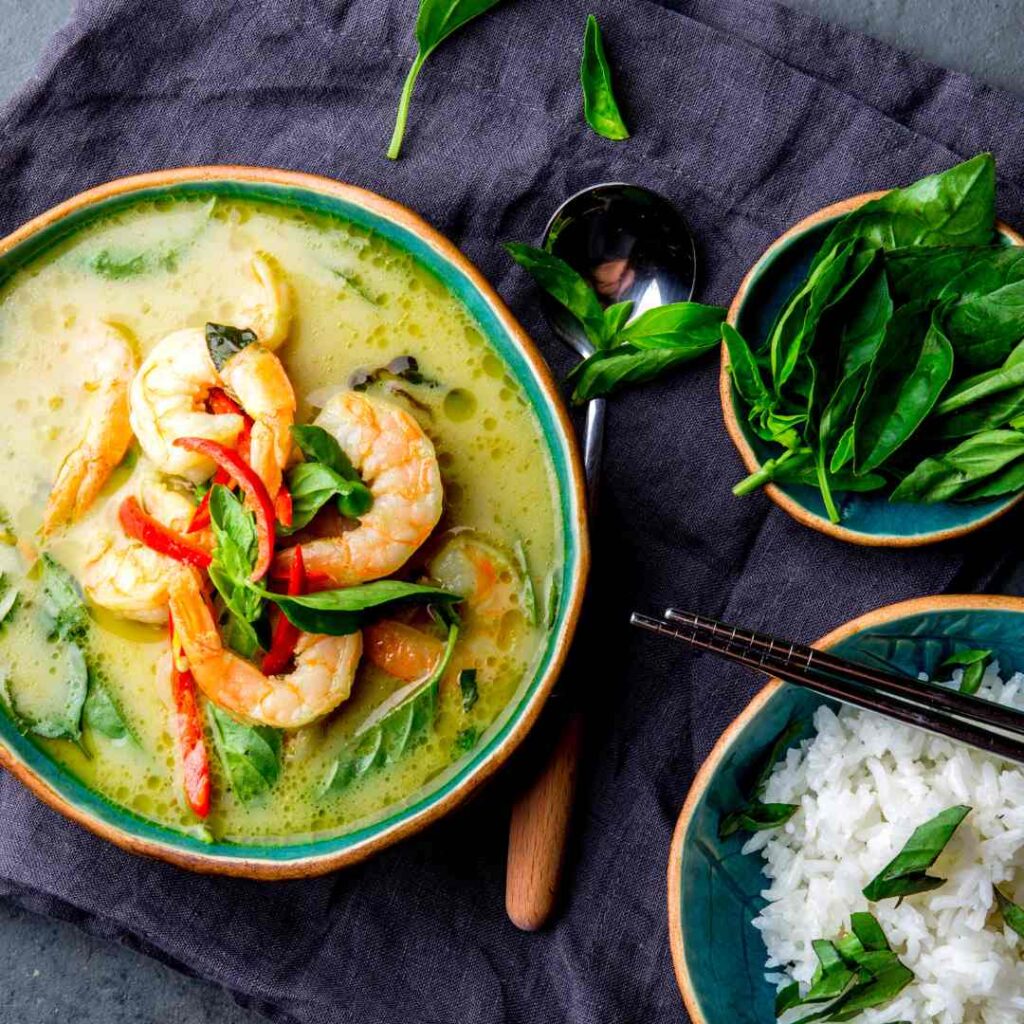
The popularity of Thai haute cuisine also crosses borders. In Paris, New York, and London, Michelin-starred Thai restaurants are changing global dining. From aromatic green curry with premium wagyu to precision-plated Thai sweets with gold leaf, luxury is in the detail, authenticity, and innovation.
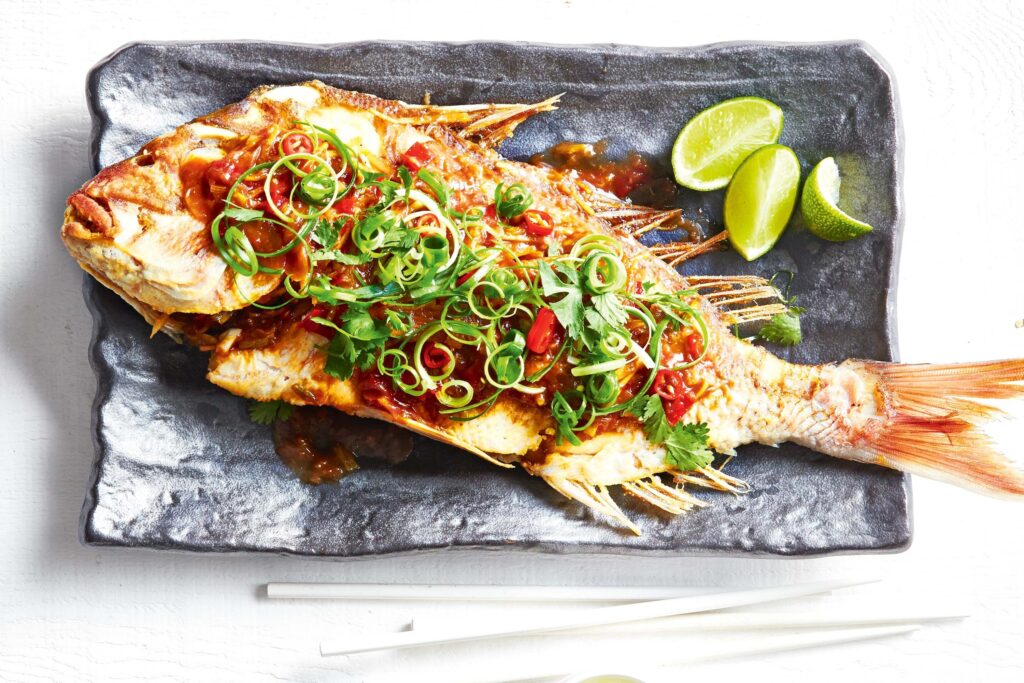
For upscale travellers, Thai cuisine is no longer a memory of street dining—it’s a luxury. In-room dinners at five-star hotels, dinner cruises with specifically designed Thai tasting menus, and Michelin-starred restaurants where tradition and haute cuisine converge all bear witness to Thailand as a luxury dining hub.
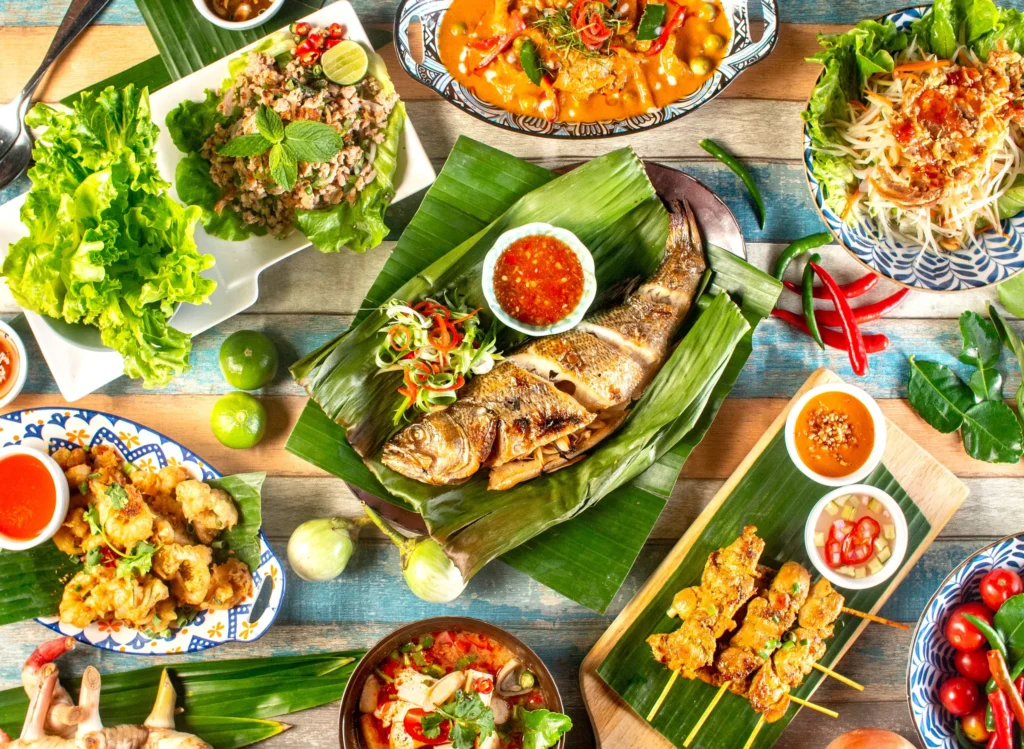
Thai food, at its finest, has nothing to do with taste—it is a matter of narrative, of skill, and of hedonistic soul. Michelin accreditation is only testament to what sophisticated diners have long known: Thai food is one of the global culinary culture’s gems.



